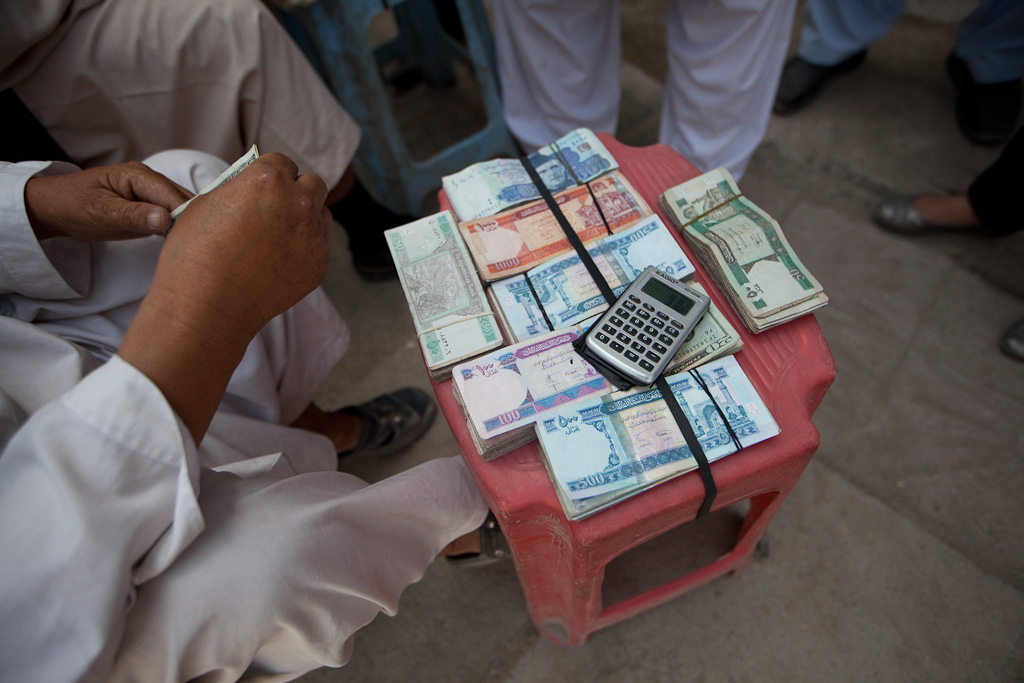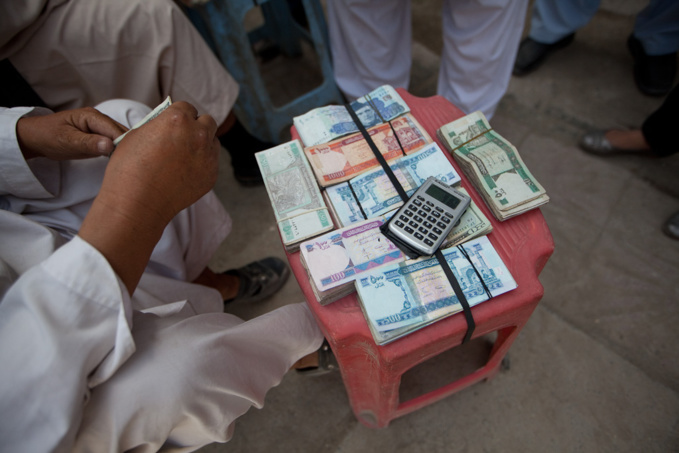The inflow of capital into the 25 largest emerging markets could rise to $ 1.26 trillion this year, follows from IIF calculations. Last year, the figure was $ 1.2 trillion (which is $ 419 billion more than in 2016). The net inflow was insignificant - $ 3 billion (the data takes into account omissions and errors), but this is the first positive value since 2013 (forecast for 2018 is $ 26 billion). China was the main contribution to the change in the last year’s trend - the outflow of funds from the country slowed sharply from $ 640 billion to $ 61 billion (the total net inflow for all other markets was $ 64 billion). In 2018, the largest influx can be registered in Brazil, Poland, India and Saudi Arabia, the IIF expects.
In terms of instruments, the inflow was mainly provided by the growth of portfolio investments ($ 378 billion in 2017 versus $ 163 billion in 2016), mainly due to an increase in borrowings ($ 290 billion versus $ 100 billion in 2016). Other investments also recovered after the sinking in 2015 - in 2017 the figure increased to $ 350 billion ($ 119 billion in 2016), of which intercountry bank lending provided $ 275 billion. The figure climbed in the black for the first time since 2014, in particular thanks to the weakening dollar, which reduces the cost of borrowing in hard currency.
At the same time, the volume of foreign direct investment again decreased compared to the previous year - from $ 494 billion to $ 468 billion, a decrease of approximately 10% per year continues from 2014. The IIF attributes this to a reduction in investment in the economy of the PRC and cheap fuel as this is hampering investments in commodity economies. Direct investments into the capital of companies in developing countries could shrink to $ 356 billion in 2018, the institute expects, indicating that this will be the minimum since 2009.
The US Federal Reserve's policy (expected to raise the rate from the current 1.5% by another 0.25 percentage points as early as March) and rising market rates are imposing risks for emerging markets, but overall financial conditions will likely remain favourable, the IIF expects. In particular, tax reform and the growth of the US budget deficit will support the weakening of the dollar and interest in carry-trade operations (raising funds in countries with lower rates and lending in countries with high ones). An increase in the demand for bonds will also be facilitated by increased access of foreign investors to securities on the exchanges of mainland China. However, investors will be more selective this year, and the divergence in demand for assets of developing countries will only increase, the IIF warns.
source: iif.com
In terms of instruments, the inflow was mainly provided by the growth of portfolio investments ($ 378 billion in 2017 versus $ 163 billion in 2016), mainly due to an increase in borrowings ($ 290 billion versus $ 100 billion in 2016). Other investments also recovered after the sinking in 2015 - in 2017 the figure increased to $ 350 billion ($ 119 billion in 2016), of which intercountry bank lending provided $ 275 billion. The figure climbed in the black for the first time since 2014, in particular thanks to the weakening dollar, which reduces the cost of borrowing in hard currency.
At the same time, the volume of foreign direct investment again decreased compared to the previous year - from $ 494 billion to $ 468 billion, a decrease of approximately 10% per year continues from 2014. The IIF attributes this to a reduction in investment in the economy of the PRC and cheap fuel as this is hampering investments in commodity economies. Direct investments into the capital of companies in developing countries could shrink to $ 356 billion in 2018, the institute expects, indicating that this will be the minimum since 2009.
The US Federal Reserve's policy (expected to raise the rate from the current 1.5% by another 0.25 percentage points as early as March) and rising market rates are imposing risks for emerging markets, but overall financial conditions will likely remain favourable, the IIF expects. In particular, tax reform and the growth of the US budget deficit will support the weakening of the dollar and interest in carry-trade operations (raising funds in countries with lower rates and lending in countries with high ones). An increase in the demand for bonds will also be facilitated by increased access of foreign investors to securities on the exchanges of mainland China. However, investors will be more selective this year, and the divergence in demand for assets of developing countries will only increase, the IIF warns.
source: iif.com



















